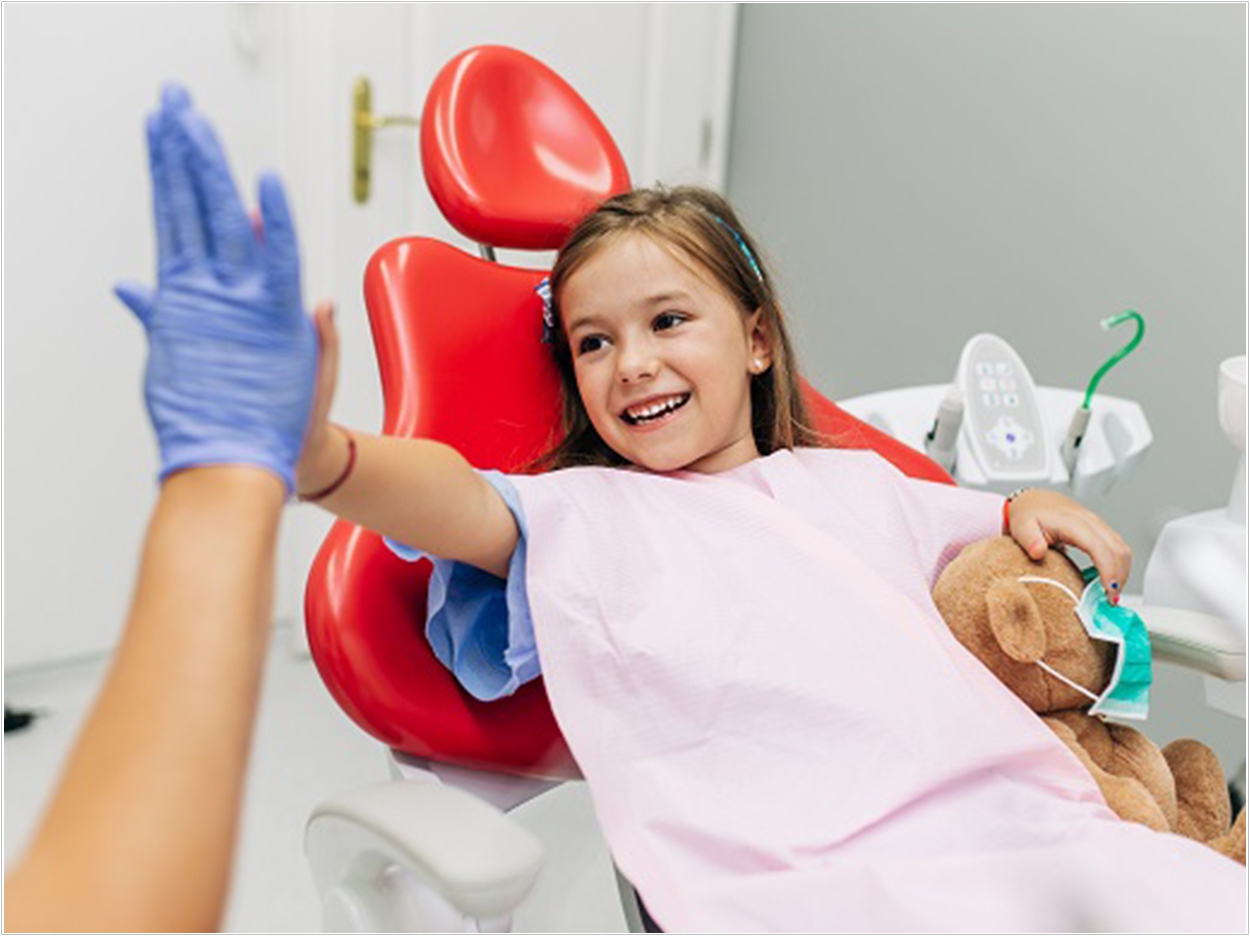
A study by a pediatric dentist at the University of Illinois Chicago (UIC) has shown a novel way to track potential COVID-19 cases: testing children who visit the dentist. The study also showed a positivity rate of more than 2% for the asymptomatic tested.
The study examined pediatric patients who visited UIC dental clinics for emergency dental treatment from April 1 to August 1, 2020. Children with COVID-19 typically are asymptomatic but have the potential to carry substantial viral loads and be a source of infection.
Patients were screened over the phone before their scheduled visits and were asymptomatic when they arrived for their appointments. They were given a polymerase chain reaction (PCR) test for SARS-CoV-2 infection at their visit.
“The kids tolerated the test just fine. We were trained by a pediatrician on how to conduct the test. We used the nasal swab. We told the kids, ‘We are putting a butterfly in your nose,’” said coauthor Dr. Flavia Lamberghini, UIC clinical assistant professor in the Department of Pediatric Dentistry.
Patients were between the ages of 2 and 18 with a median age of 6. Sociodemographic characteristics were abstracted, and positivity rates were calculated. With a sample size of 921 patients, the overall SARS-CoV-2 positivity rate was 2.3%.
Positivity rates were statistically higher for Latino patients at 3.1%, and 63% of the children studied were Latino.
The study did not extend to include variables, and questions about social distancing and exposure to the virus were not asked. But when a child did test positive for COVID-19, the researchers followed up with the child’s pediatrician and caregivers and encouraged them to follow recommended advice.
“For most of them, it was a surprise to learn their child tested positive. It was good for families to know because these kids can transmit the virus, especially in communities where extended families tend to live together,” Lamberghini said.
It’s also important information for the oral healthcare providers, Lamberghini added.
“As dentists, we are more exposed to the COVID-19 disease because we work close to the mouth, and our tools generate aerosols that can infect the dentist and dental assistant, whoever is around,” she said.
Prior to the study, children receiving dental procedures weren’t required to undergo PCR tests. The study concluded that PCR testing for COVID-19 of asymptomatic patients in pediatric dentistry adds value to the use of screening questionnaires to identify infected people who could be contagious.
The study, which the researchers called the first to look at the prevalence of COVID-19 in pediatric dentistry, also serves as a reference for pediatric dentists who closed during the pandemic and are considering reopening, the researchers said.
“Despite these children being COVID-positive, we did not observe transmission to clinic staff, supporting the notion that personal protective equipment works,” said Dr. Fernando Testai, UIC professor of neurology and rehabilitation.
The study, “Severe Acute Respiratory Syndrome Coronavirus 2 Infection in Asymptomatic Pediatric Dental Patients,” was published by the Journal of the American Dental Association.
Related Articles
Pediatric Dentistry Faces the Ultimate Challenge in COVID-19
Dental Lasers Provide Advantages Over Traditional Devices in Pediatric Dentistry
Oral Symptoms Common in Children With COVID-Linked MIS-C












